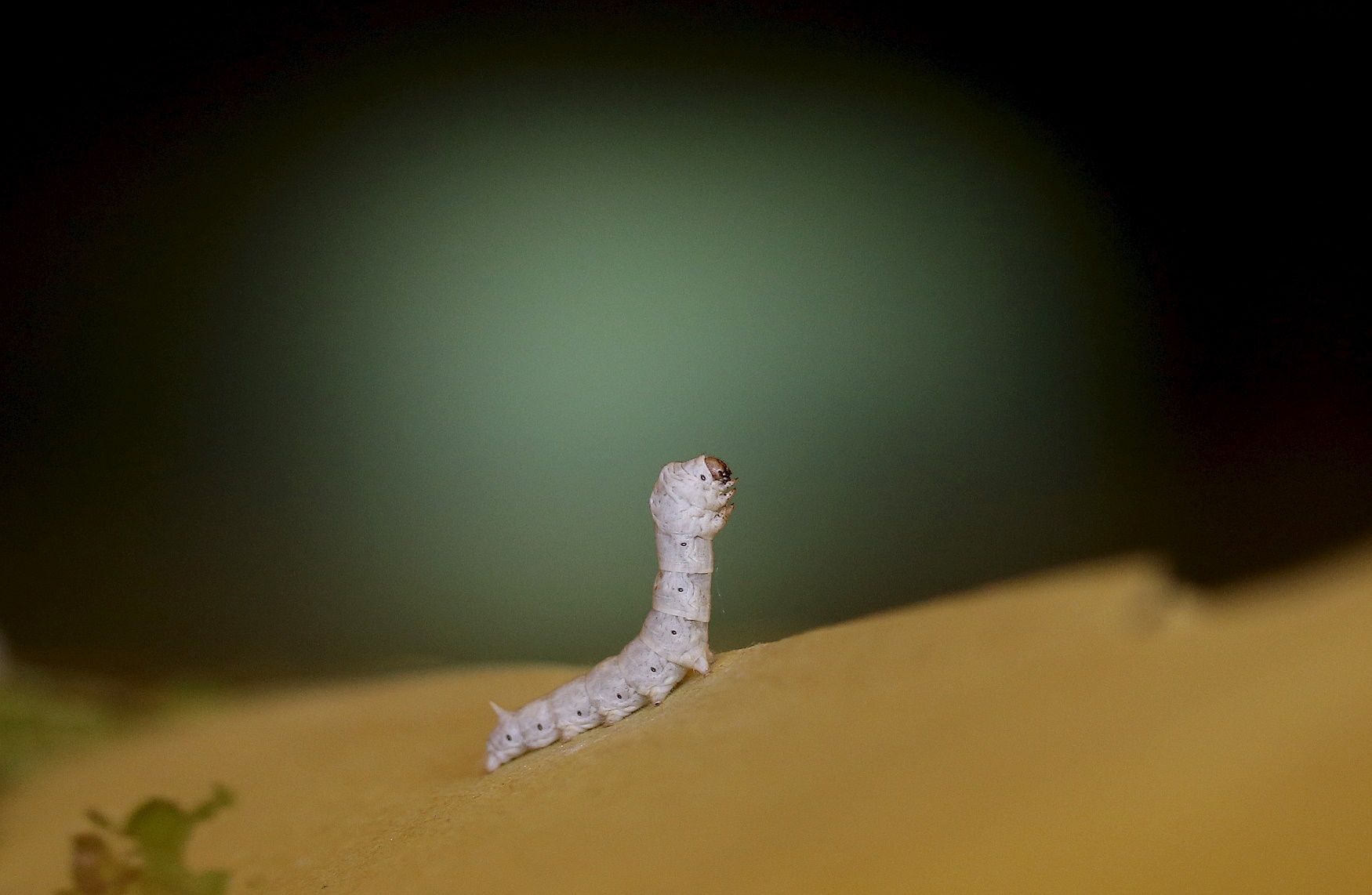
Carbon-reinforced silk that is twice as strong as regular silk has been created by feeding the "wonder material" graphene to silkworms.
Scientists at Tsinghua University in Beijing, China, fed the silkworms mulberry leaves coated in a solution that contained graphene in order to create the material. Applications for the material created include wearable electronics, durable fabrics and biodegradable medical implants.
"Silkworm silk is gaining significant attention from both the textile industry and research society because of its outstanding mechanical properties and lustrous appearance," states a paper describing the research published in the journal Nano Letters. "The possibility of creating tougher silks attracts particular research interest.
"We report mechanically enhanced silk directly collected by feeding…silkworms with single-walled carbon nanotubes and graphene. We found that parts of the fed carbon nanomaterials were incorporated into the as-spun silk fibers."
According to scientists not involved in the most recent research, the results suggest that production of the super-strong material could be scaled up. Materials scientist Yaopeng Zhang of Donghua University said that the method provided an "easy way to produce high-strength silk fibers on a large scale," according to Chemical and Engineering News.
Graphene, first created in a laboratory by researchers at the University of Manchester in 2004, has been heralded for its remarkable properties and vast potential. The one-atom thick material consists of carbon atoms in a honeycomb lattice that is 200-times stronger than steel, more conductive than copper and as flexible as rubber.
These properties could potentially be used to create everything from indoor solar cells to "tattoos" capable of testing and treating diabetics.
"For many years people have been looking for graphene applications that will make it into mainstream use," Professor Ravi Silva, a graphene researcher at the University of Surrey, told Newsweek in an interview earlier this year. "We are finally now getting to the point where these applications are going to happen."
Uncommon Knowledge
Newsweek is committed to challenging conventional wisdom and finding connections in the search for common ground.
Newsweek is committed to challenging conventional wisdom and finding connections in the search for common ground.
About the writer
Anthony Cuthbertson is a staff writer at Newsweek, based in London.
Anthony's awards include Digital Writer of the Year (Online ... Read more
To read how Newsweek uses AI as a newsroom tool, Click here.








